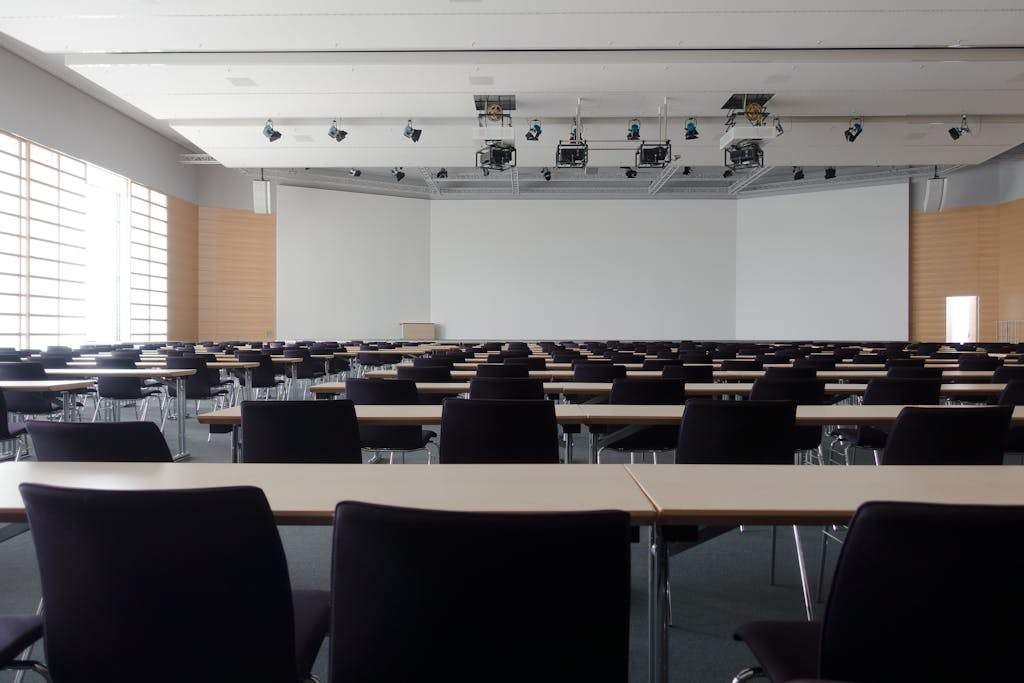How Architecture for Education Enhances Creativity and Performance
Education is not just about the curriculum; the physical learning environment plays a critical role in shaping student creativity, engagement, and academic performance. Thoughtfully designed educational spaces inspire innovation, enhance focus, and create a more interactive learning experience. From natural lighting to flexible classroom layouts and smart technology integration, architecture influences how students and teachers interact with their surroundings.
In this article, we explore how modern educational architecture fosters creativity, improves cognitive function, and enhances overall student performance.
1. The Impact of Architectural Design on Learning
The design of educational buildings significantly affects student behavior, motivation, and ability to concentrate. A well-planned school or university campus can encourage collaboration, critical thinking, and creativity by providing spaces that adapt to different learning needs.
Key Architectural Elements Influencing Learning
- Natural Light: Improves mood, reduces stress, and enhances concentration.
- Acoustic Design: Minimizes distractions and improves communication.
- Flexible Spaces: Allows students to work individually or collaboratively.
- Biophilic Design: Integrates nature to boost creativity and well-being.
- Technology Integration: Supports digital learning and innovation.
2. Natural Light and Open Spaces for Better Focus
Exposure to natural light has been scientifically proven to enhance cognitive function and overall well-being. Studies show that students in classrooms with ample daylight perform better on tests, experience less fatigue, and demonstrate higher engagement.
Design Strategies for Maximizing Natural Light:
- Large windows and skylights to allow sunlight into classrooms.
- Open courtyards and glass walls to create a bright and airy atmosphere.
- Adjustable shading systems to prevent glare and overheating.

3. Flexible and Collaborative Learning Spaces
Traditional rigid classroom layouts can limit creativity and interaction. Modern educational architecture focuses on flexible, multi-functional spaces that can be adapted for different learning activities.
Key Features of Adaptive Learning Spaces:
- Modular furniture that can be rearranged for group work or individual study.
- Open-plan classrooms that foster interaction and engagement.
- Breakout zones for brainstorming and informal discussions.
- Outdoor learning areas to encourage creativity through nature.
4. Biophilic Design: Connecting Students with Nature
Biophilic design integrates natural elements into the learning environment to reduce stress, enhance cognitive abilities, and inspire creativity. Schools with green spaces, indoor plants, and natural materials create calm and stimulating atmospheres that support learning.
Biophilic Design Strategies for Educational Spaces:
- Indoor gardens and green walls to improve air quality.
- Wood, stone, and other natural materials for a warm aesthetic.
- Outdoor classrooms to encourage hands-on, experiential learning.
- Water features for a tranquil and calming effect.
More on ArchUp:
5. Technology-Enabled Smart Learning Environments
Modern educational institutions are incorporating advanced technology to create interactive and dynamic learning experiences. Smart classrooms equipped with AI-powered tools, VR labs, and digital collaboration spaces help students develop critical thinking and problem-solving skills.
Key Technologies Enhancing Learning Spaces:
- Interactive whiteboards and smart screens for dynamic lessons.
- Augmented and virtual reality labs for immersive learning.
- AI-based adaptive learning systems to personalize education.
- IoT-enabled classrooms that adjust lighting, temperature, and acoustics.
6. Acoustic Design for Enhanced Concentration
Poor acoustics can create distractions, reduce comprehension, and lower student engagement. Educational buildings should be designed to minimize noise pollution and create an environment that supports clear communication and focused learning.
Acoustic Design Strategies:
- Sound-absorbing materials like acoustic panels and carpeting.
- Quiet zones and study pods for focused work.
- Proper classroom layout to reduce echo and noise disruptions.

7. Sustainable Design for Healthier Learning Environments
Sustainability in educational architecture not only benefits the environment but also enhances student well-being and performance. Energy-efficient buildings with eco-friendly materials and ventilation systems create healthier learning spaces.
Sustainable Architecture Elements in Schools:
- Solar panels and energy-efficient lighting to reduce carbon footprint.
- Passive cooling and natural ventilation for indoor air quality.
- Rainwater harvesting systems for sustainable water use.
- Recycled and non-toxic building materials to improve health.
Conclusion
The architecture of educational spaces plays a vital role in enhancing creativity, improving cognitive performance, and fostering innovation. By incorporating natural light, flexible layouts, smart technology, and biophilic design, architects can create learning environments that inspire students and educators alike. As education evolves, designing adaptable, engaging, and sustainable spaces will be crucial for shaping the future of learning.







